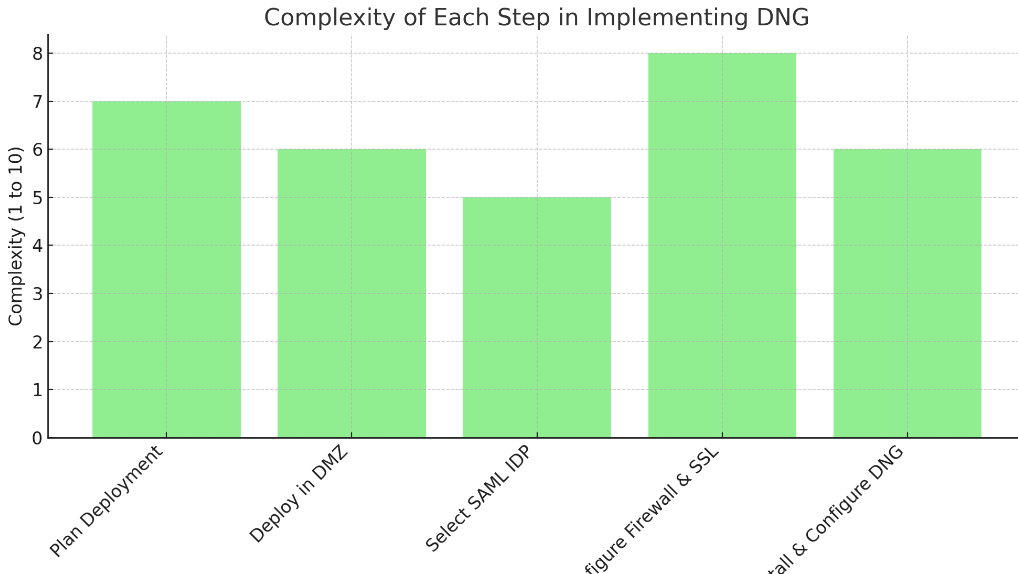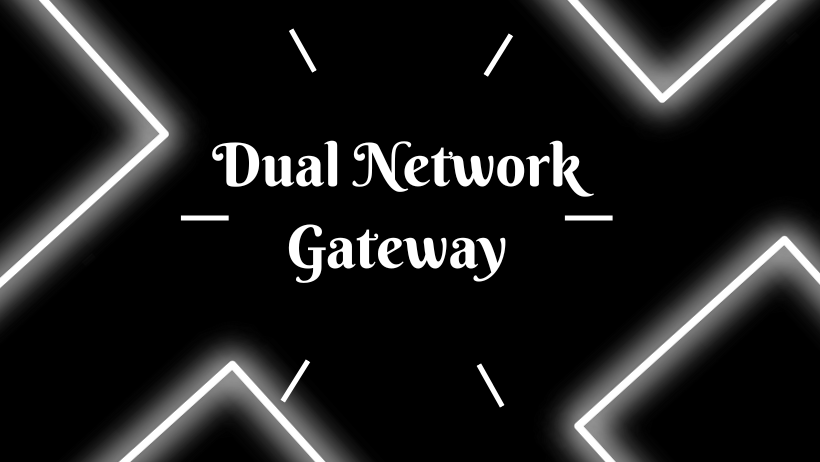Secure Your Network Easily with Dual Network Gateway
Securing remote access to on-premise resources is hard. It’s a big challenge for many organizations worldwide. The Dual Network Gateway (DNG) is a solution that changes remote connectivity. It offers a gateway without needing a VPN. It works well with Duo’s two-factor authentication system. This article explains what DNG is, its benefits, how to use it, and how it impacts digital security.
Introduction to Dual Network Gateway
The DNG is a cybersecurity tool. It ensures secure remote access to applications, SSH servers, and RDP hosts. Duo provides two-factor authentication. DNG directs requests from external users to internal resources over HTTPS. This eliminates the need for traditional VPN connections. Deploying DNG in a demilitarized zone (DMZ) makes it more effective. It becomes a cornerstone for secure digital access.
The advent of DNG introduces several advantages that transcend the conventional VPN solutions:
- Elimination of VPN Needs: DNG makes remote access easier by removing the need for VPN setups. This lowers the setup work.
- Anywhere Secure Access: Users can access on-premise resources from any location. They can do this with Duo’s security policies, such as location-based access control.
- Cost Efficiency and Reduced Administration: Organizations can save money by using Duo and DNG for security management. This reduces costs for VPN hardware, software, and maintenance. DNG is an affordable and efficient solution.

The Path to Implementing DNG
Deploying DNG requires careful planning and execution. It involves installing DNG in a DMZ. You must choose a good SAML IDP and set up firewall rules and SSL certificates. DNG is easy to set up and deploy because it is lightweight and runs on Docker containers. This makes it easy to use. It is a good choice for organizations. They want to boost their digital security. And, they want to avoid extra admin work.

Securing SSH Servers and RDP Hosts
DNG can secure SSH servers and RDP hosts. You can set it up to allow remote access to SSH servers without needing a VPN. DNG also improves RDP server security. It handles DNS configs and translates external domains to internal ones. This allows for secure RDP access.
The Role of DNS in DNG’s Operation
DNS configurations are crucial for DNG’s operation, especially for securing RDP servers. A, NS, and CNAME records are important. They route external requests to internal resources securely. DNG relies on these DNS records for its gateway functions to work smoothly. This shows how well DNG is designed and easy to use. It lets organizations set up a secure remote access solution without a VPN.
Conclusion
The Dual Network Gateway is a new digital security system. It provides a strong, efficient, and easy-to-use way for secure remote access. Its launch is a big step forward in cybersecurity. It helps organizations improve their digital defenses and simplify administrative tasks. The DNG shows how cybersecurity is advancing with innovative ideas. It promises a future where secure remote access is easy and essential. The DNG is more than just a tool. It has benefits and a setup process. DNS configurations play an important role in it. It’s a force that transforms how we connect securely and efficiently remotely.


